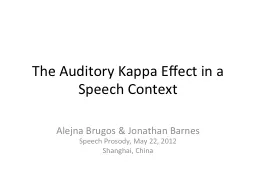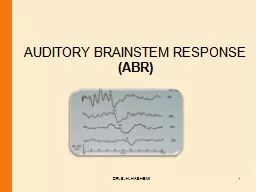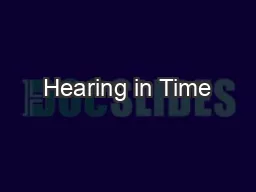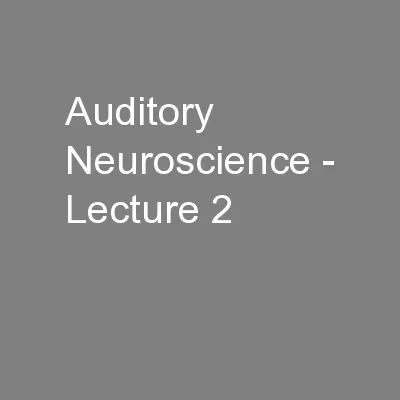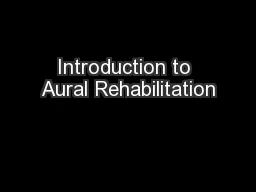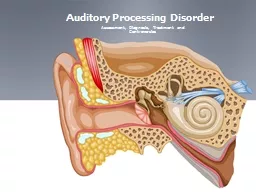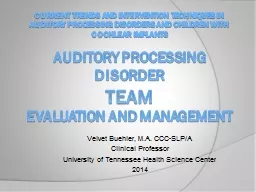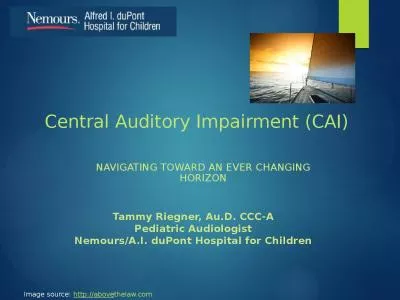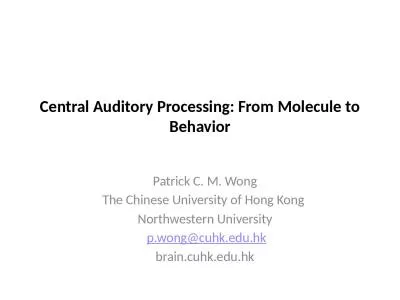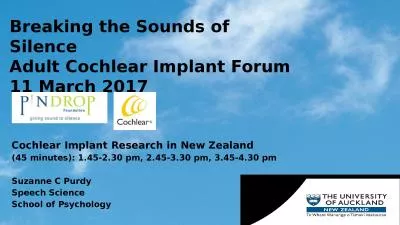PPT-The Auditory Kappa Effect in a Speech Context
Author : danika-pritchard | Published Date : 2016-05-15
Alejna Brugos amp Jonathan Barnes Speech Prosody May 22 2012 Shanghai China The perception of time The perception of time Measured time Perceived time The interaction
Presentation Embed Code
Download Presentation
Download Presentation The PPT/PDF document "The Auditory Kappa Effect in a Speech Co..." is the property of its rightful owner. Permission is granted to download and print the materials on this website for personal, non-commercial use only, and to display it on your personal computer provided you do not modify the materials and that you retain all copyright notices contained in the materials. By downloading content from our website, you accept the terms of this agreement.
The Auditory Kappa Effect in a Speech Context: Transcript
Download Rules Of Document
"The Auditory Kappa Effect in a Speech Context"The content belongs to its owner. You may download and print it for personal use, without modification, and keep all copyright notices. By downloading, you agree to these terms.
Related Documents

